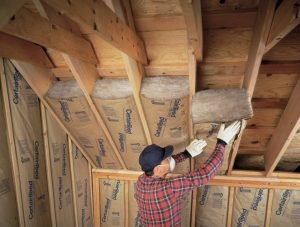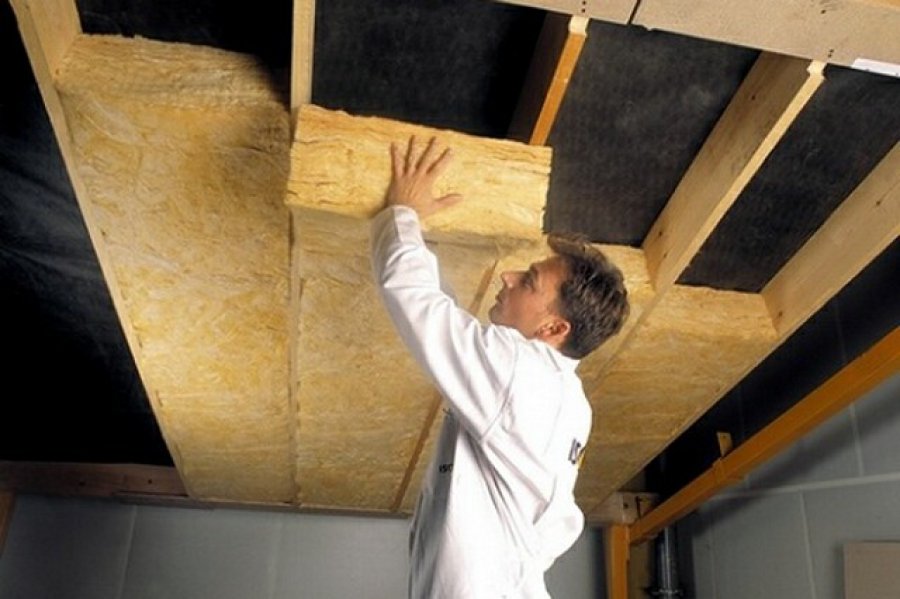Heat rises, so what are you going to do in the dead of winter when your fuel bills are rocketing and you can’t keep the heat from naturally escaping your home? Ceiling insulation is the best way to ensure this doesn’t happen. Many people opt for attic insulation instead, but many modern homes don’t actually have an attic anymore so having ceiling insulation is a preferable alternative where no other options are available. Ceiling insulation works on the principle of being able to repel heat instead of absorbing and releasing it, ergo the heat that rises will remain within the house without dispelling up through the room and leaving you cranking the heat back up in desperation.

Ceiling insulation often comes in the form of thick woollen substance or foam slabs. These foam slabs are inserted into the ceiling throughout the construction process or they are retroactively installed by a contractor if you wish to have ceiling insulation in your home. The foam or woollen slabs are scientifically designed to insulate the home and repel heat, and are often used in new constructions in order to promote fuel efficiency amongst communities, and a number of incentives are given to have ceiling insulation installed.
If you’ve noticed that you don’t have ceiling insulation in your home but would like to have some in order to keep your fuel bills down or keep your house toasty in the winter, ceiling insulation can be done by any local registered contractor. You don’t need to worry about buying the ceiling insulation yourself as many contractors include the materials in the price, but it is advised that you shop around your local contractors to see who can give you the best quote on labour rates. After all, if you’re trying to save money by getting ceiling insulation who says you can’t try and make a saving on getting the ceiling insulation installed too? After you’ve got your ceiling insulation sorted the bill from the contractors settled, you should be able to begin,seeing the enhancement on the warmth in your home and the drop in your fuel bill.

